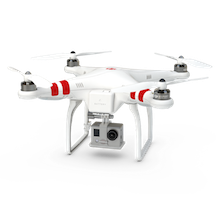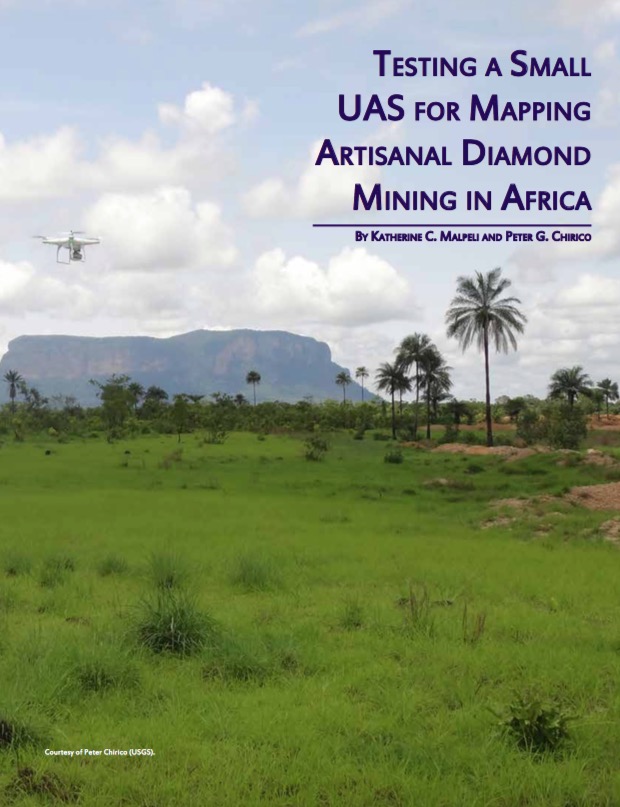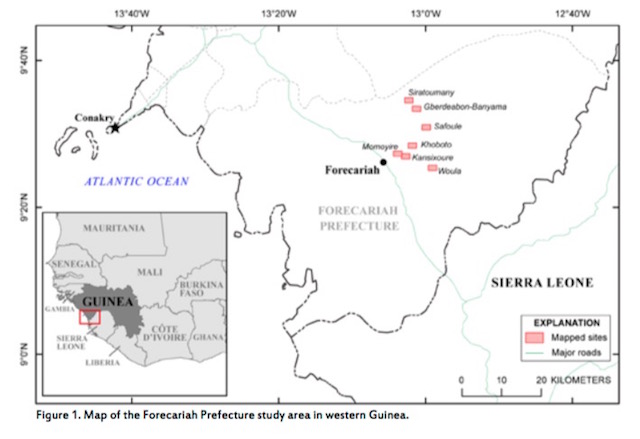Using drones to prevent ‘blood diamond’ operations in Western Guinea
posted Tuesday, August 11, 2015 at 12:20 PM EDT

One of the most inspiring uses of drones is an ongoing partnership between the United States Agency for International Development (USAID) and U.S. Geological Survey (USGS).
Since June 2014, the two agencies have helped support Kimberley Process (KP), ‘an international initiative aimed at preventing the flow of conflict diamonds’, by using camera-equipped drones – specifically DJI’s Phantom 1 – to survey the mines, create 3D models of the operations, and keep track of the small scale diamond mining sites in Western Guinea.
In an article written by Pete Chico, a member of USGS who was deployed to Guinea, he states, ‘[these mines are] often remote and spread over vast territories […] the diamonds found are frequently sold into informal networks, [making it] very difficult to track production — a key requirement of the KP.’

Government regulations have attempted to bring together the smaller mining operations by making the workers register and creating a more streamlined workflow from mining to sale, but without the help of accurate imagery, it’s hard to keep an eye on the operations.
Chico says later in the article that using drones as a means of monitoring ‘helps to identify where mining is taking place, the extent of activities, the amount of production, and how the activity and production change over time.’

The method doesn’t come without its limitations though. The article specifically points out that ‘atmospheric constraints (cloud cover, haze, smoke, etc.)’ affect the image quality, as well as the lack of image resolution, which leaves the smaller details of the mining operations difficult to properly map and scale out the operations.
The article is full of details for those wanting more behind-the-scenes information, so if you want to dive in deeper you can do so by heading over to a PDF of the document by clicking here.
(via DIY Drones)